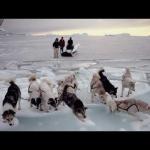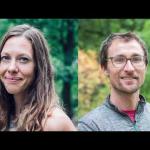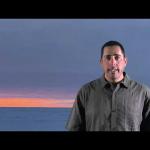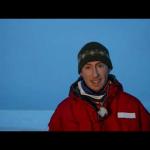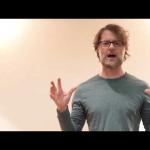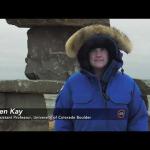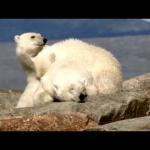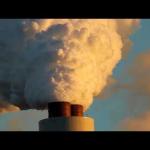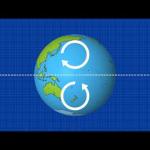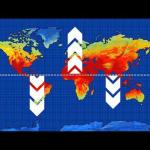Earth Science Stories
This video is part of a collection - “Frozen in the Ice: Exploring the Arctic." Check out the MOSAiC page for more details.
In this specific lesson, Dr. Clara Hoppe sheds light on the small but mighty phytoplankton! You'll learn about MOSAiC's special interest in primary production, carbon export, and groundbreaking data scientists expect to glean from the expedition.
Science Content Video
This video is part of a collection - “Frozen in the Ice: Exploring the Arctic." Check out the MOSAiC page for more details.
In this specific lesson, Dr. John Walsh discusses how climate change is apparent throughout the Arctic (air, land, ice, and ocean) and that these changes are already impacting humans, wildlife, and the environment.
Science Content Video
This video is part of a collection - “Frozen in the Ice: Exploring the Arctic." Check out the MOSAiC page for more details.
In this specific lesson, Dr. James Overland discusses how sea ice loss can cause major changes in the Arctic climate — and more specifically, in the polar jet stream.
Science Content Video
This video is part of a collection - “Frozen in the Ice: Exploring the Arctic." Check out the MOSAiC page for more details.
In this video, Drs. Anne Gold and Matthew Shupe conclude the series "Frozen in the Ice: Exploring the Arctic" with a summary of the course's major lessons.
Science Content Video
This video is part of a collection - “Frozen in the Ice: Exploring the Arctic." Check out the MOSAiC page for more details.
In this specific lesson, Dr. John Cassano describes the role of the Arctic in the Earth's energy budget and climate system.
Science Content Video
This video is part of a collection - “Frozen in the Ice: Exploring the Arctic." Check out the MOSAiC page for more details.
In this specific lesson, Dr. Chris Cox will teach you about Earth's atmosphere. You'll learn about its chemical composition, temperature structure, energy fluxes, and how MOSAiC scientists measure the atmosphere's energy budget.
Science Content Video
This video is part of a collection - “Frozen in the Ice: Exploring the Arctic." Check out the MOSAiC page for more details.
In this specific lesson, Dr. Matthew Shupe explains the significance of clouds in the Arctic system and how they play important roles in precipitation, energy transfer, and climate modeling.
Science Content Video
This video is part of a collection - “Frozen in the Ice: Exploring the Arctic." Check out the MOSAiC page for more details.
In this specific lesson, Drs. Jennifer Kay and Ariel Morrison introduce positive and negative albedo feedbacks that are important to the Arctic climate system (and polar bears!).
Science Content Video
This peer-reviewed educational video introduces feedbacks that are important in the Arctic climate system.
Science Content Video
This peer-reviewed educational video explains human-caused climate change including the greenhouse effect.
Science Content Video
What is wind, and what causes it? Why are wind patterns different in various parts on Earth? In this video, we explain how pressure systems generate the movement of air, we discuss the impacts that surface roughness and daily cycles of heating and cooling have on wind speed and how the Coriolis force steers the global wind circulation.
Science Content Video
What is wind, and what causes it? Why are wind patterns different in various parts on Earth? In this video, we explain how pressure systems generate the movement of air, we discuss the impacts that surface roughness and daily cycles of heating and cooling have on wind speed and how the Coriolis force steers the global wind circulation.
Science Content Video
How do wind turbines work? How can the wind’s kinetic energy be converted into electrical energy? In this video, we discuss the design of wind turbines, the basic physics behind the electricity production and what criteria are being used to locate wind farm by giving different examples from across the US.
Science Content Video

